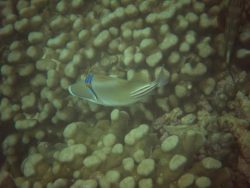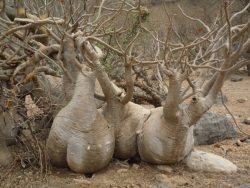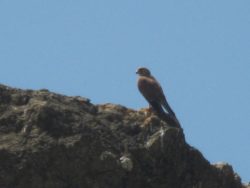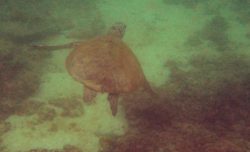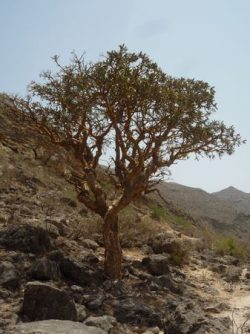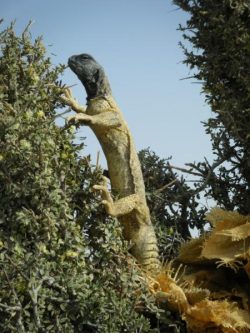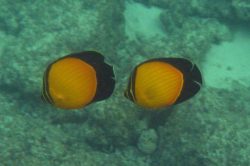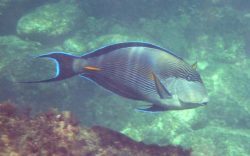Fauna and flora
The Sultanate of Oman is a desertic country which hosts a fully adapted to aridity. There are more than 100 species of acacias, agaves, et and many bushes with succulent or tough leaves. After the rains a carpet of sparse grass covers the soil. In high places giant juniper trees and wild olive trees replaces the acacias.
Despite the little available water, thanks to the irrigation system called “falaj”, thought to have been brought more than 3000 years ago by the Persians, the agriculture is wide spread and diverse in Oman. The difference of altitudes and thus of weather allows the growing of many fruits: dates, oranges, limes, bananas, mangos, papayas, melons, watermelons, apricots, peaches, pomegranates, walnuts, etc.
Dhofar with its different climate, has a many endemic plants. Boswellia Sacra (frankincense tree), Dragon Blood trees, or Baobabs are some of the most unexpected species.
In the northern mountains, we find quite a lot of Arabian foxes, jackals, scorpions, snakes, partridges, predatory birds, and gazelles. Arabian Tahrs are not many and confined to some secluded and difficult to reach areas. Some Arabian leopards and wolves are also still living in Dhofar. In the central region, there is a sanctuary of the Arabian oryx is.
Oman has waters incredibly well stocked with fishes. The aquatic fauna is very diverse: many multicolor tropical fishes, and numerous marine turtles which swim next to the coast and come to lay eggs.
Marine birds are also plenty, above all next to the lagoons and along the coast of the Indian Ocean. In the mountain, we also see often predatory birds (Egyptian vultures, black vultures, and eagles). Some colorful birds can also be seen in the palm gardens, like the Indian rollers or the bee-eaters.

